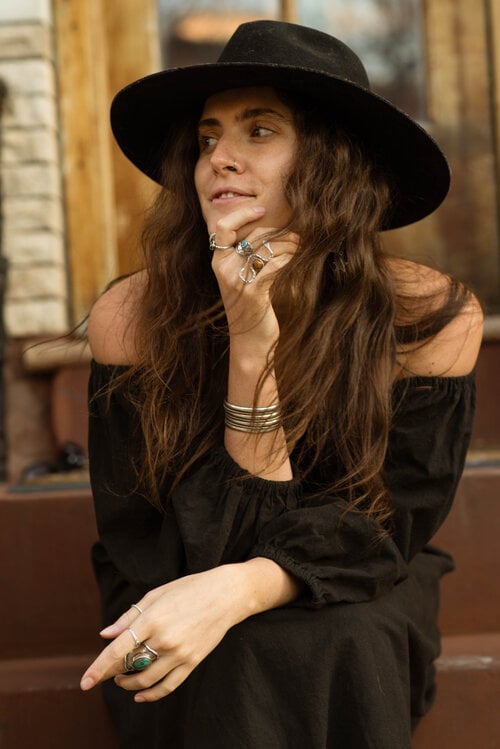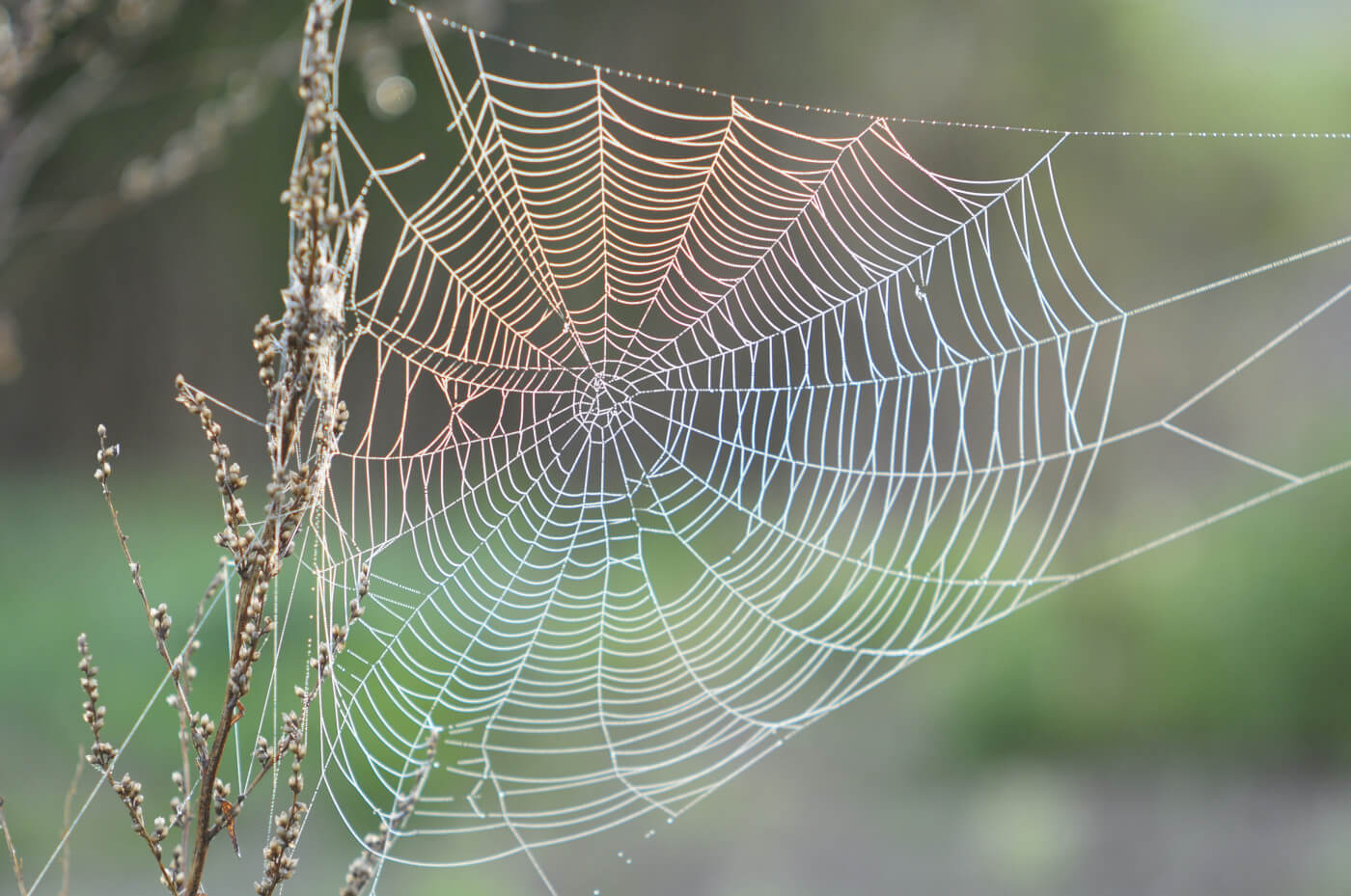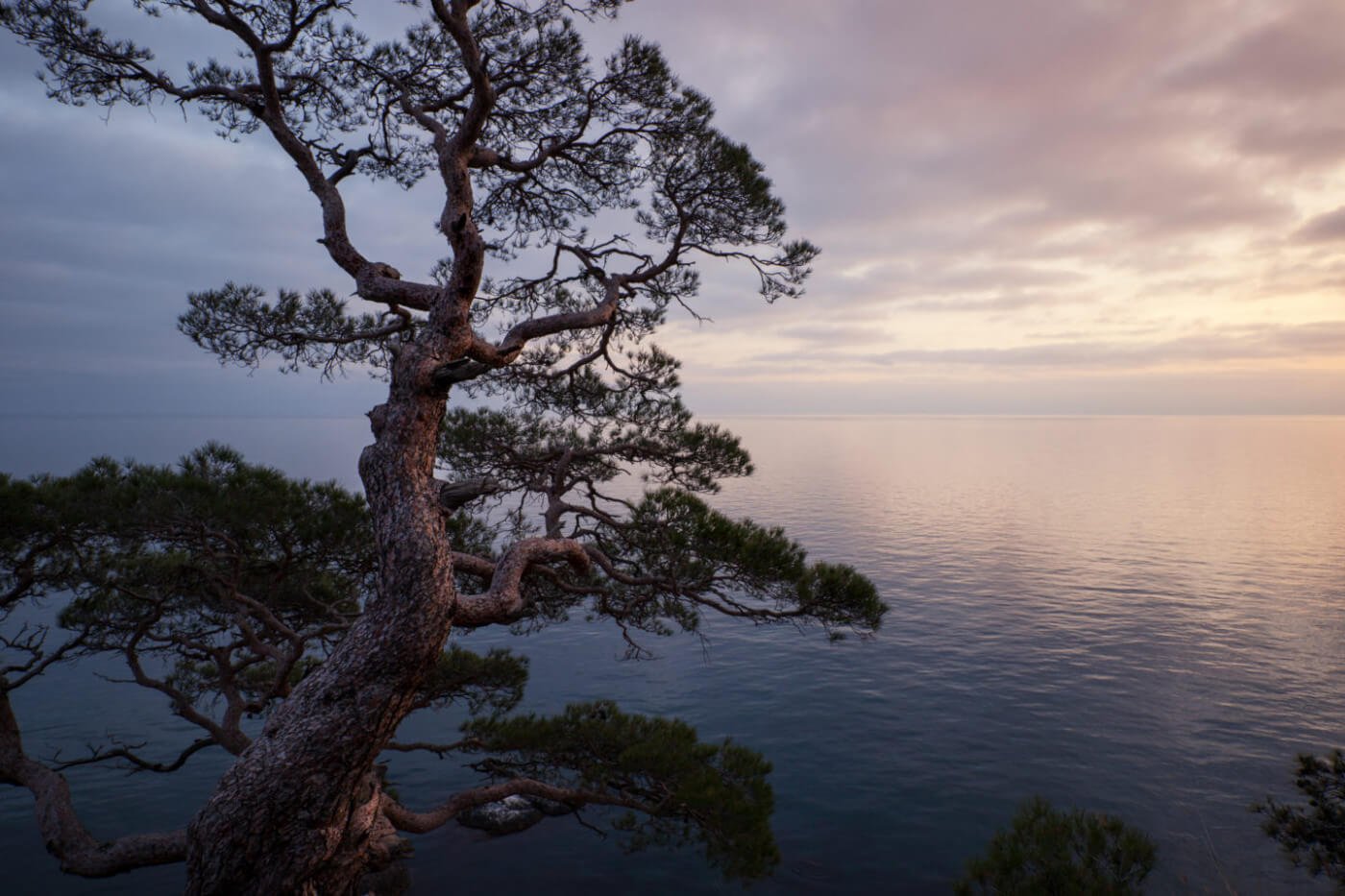Queen Mab
Imagine that you stumble into a ring of mushrooms in the forest. What is your first thought? That the faery folk may be nearby?
Legend says, that if you come upon a faery ring, that the fae folk and faeries are not far away. These liminal spaces are where worlds overlap. The faeries inhabit The Otherworld, a world that coexists with the world that we are physically familiar with.
The faeries and their stories vary by culture, storyteller, or the person’s own experiences with the faerie folk.
If you enter into the court of the faeries, find yourself whisked away through a faerie ring, or are visited by the Fae folk while you walk through the woods or in your dreams, you may find yourself encountering the story of Queen Mab.
Appearing in Shakespeare’s Romeo and Juliet, Queen Mab is described by Mercutio as, “O, then, I see Queen Mab hath been with you. She is the fairies’ midwife, and she comes In shape no bigger than an agate-stone.”
In this speech, we can imagine a faery queen who helps deliver dreams into existence, riding a chariot of roses, and braiding horses’ hair at night.
How did Mab come to folklore as the Queen of the Faeries?
Some say that her name Mab comes from the Welsh for child, while others trace the etymology back to beloved one.
In tales sometimes she sits beside King Oberon instead of Queen Titania (from Midsummer’s Night Dream). What is certain though, is that the history of folktales has fallen in love with Queen Mab.
It is thought that Queen Mab and Queen Maeve or Medb may be of a similar folklore thread, and also linked to The Morrigan. If this is true, than Queen Mab may be related to The Sidhe and the Tuathe De Danann, which is the same place that we hear tales of Queen Maeve and the Cattle Raid of Cooley.
In Gaelic tales, the aos sí are later, literary versions of the Tuatha Dé Danann. These are the deities and people of Irish myth.
The Sidhe are known as the Good Neighbors”, “The Fair Folk”, or “The Folk”. The most common names for them, aos sí, aes sídhe, daoine sídhe (singular duine sídhe) and daoine sìth means, “people of the mounds.”
When working with Earth Spirits, the Fae, and energies like that of Queen Mab, it’s best to approach with respect and gratitude.
Ways to Honor the Energy of Queen Mab
Dream Big
Mab and the fae folk know the powers that dreams can hold. How are you keeping your dreams from being realized? In which ways can you step more fully into your wildest dreams. They say that Mab is a midwife, take a moment and imagine what creative projects could come to be if you helped to guide them into existence.
Be Regal but Don’t be Take Yourself Too Seriously
Take a moment to observe the energy of the Fae Folk. Can you feel them when they’re close by? Faeries have a regal but also playful energy about them. Some of them can be quite serious, while others are tricksters. Mab plays jokes while also maintaining her stature as beloved queen, an important lesson for all of us.
Leave Offerings for the Earth Spirits on your land/spaces
Much like some type of supernatural mafia, it’s a good idea to leave small offerings for the fae folk who live on your land. Perhaps something sweet, some wine, or something beautiful. Nestle it in at the base of a tree, build them a small house of sticks or say a small blessing imbued with gratitude.









